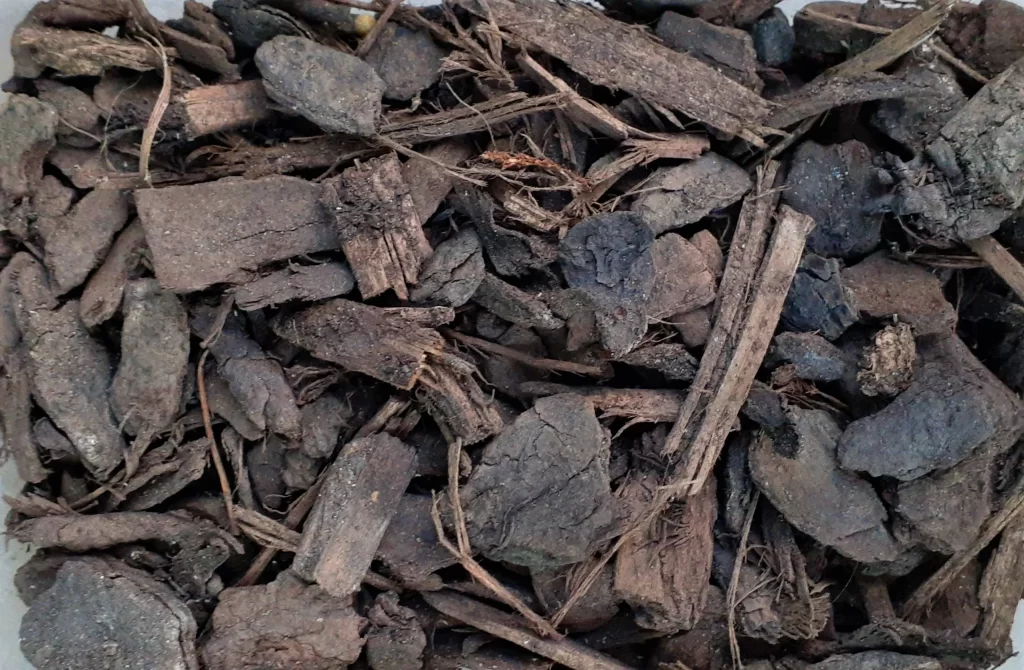Future of Bark and Wood Chip Products
With the ever-growing popularity of using wood chips and bark in products, it’s important to investigate the future of these materials. What new products can be created? What innovative uses for existing products can be developed? Here, we take a look at the potential future of bark and wood chip products.
- New Products:
One potential new product that could be developed is a wood chip or bark-based insulation. This could be used in a variety of applications, such as in homes or in commercial buildings. This type of insulation would have a number of benefits, including being environmentally friendly and being a more natural product.
Another potential new product is a wood chip or Bark mulch-based mulch. This could be used in gardens and landscaping to help control weeds and retain moisture in the soil. This type of mulch would be environmentally friendly and would help to reduce the amount of waste that is sent to landfill sites.

- Innovative Uses for Existing Products:
One potential innovative use for existing products is the development of biodegradable packaging. This could be made from wood chips or bark and would be an environmentally friendly alternative to traditional packaging materials. This type of packaging would be ideal for use with food products or other items that need to be kept fresh.
Another potential innovative use for existing products is the development of construction materials. This could involve using wood chips or bark as a binding agent in concrete or mortar. This would create a more environmentally friendly construction material that would be less harmful to the environment.
- Future of Bark and Wood Chip Products:
As the world looks to move away from fossil fuels and toward renewable energy sources, bark and wood chips are poised to play a big role. Wood chips can be used to create biomass energy, which is a clean and renewable source of power. And, bark can be used to create a variety of products, including mulch, landscaping materials, and even paper.
As the demand for these products increases, the forestry industry will need to find ways to sustainably harvest bark and wood chips. This may include working with private landowners to thin forests and harvest wood chips, or developing new technologies to efficiently and sustainably harvest these resources.
Conclusion:
The future of bark and wood chip products is looking bright. There are a number of potential new products that could be developed, as well as innovative uses for existing products. This could help to reduce the amount of waste that is sent to landfill sites and would create more environmentally friendly products.






